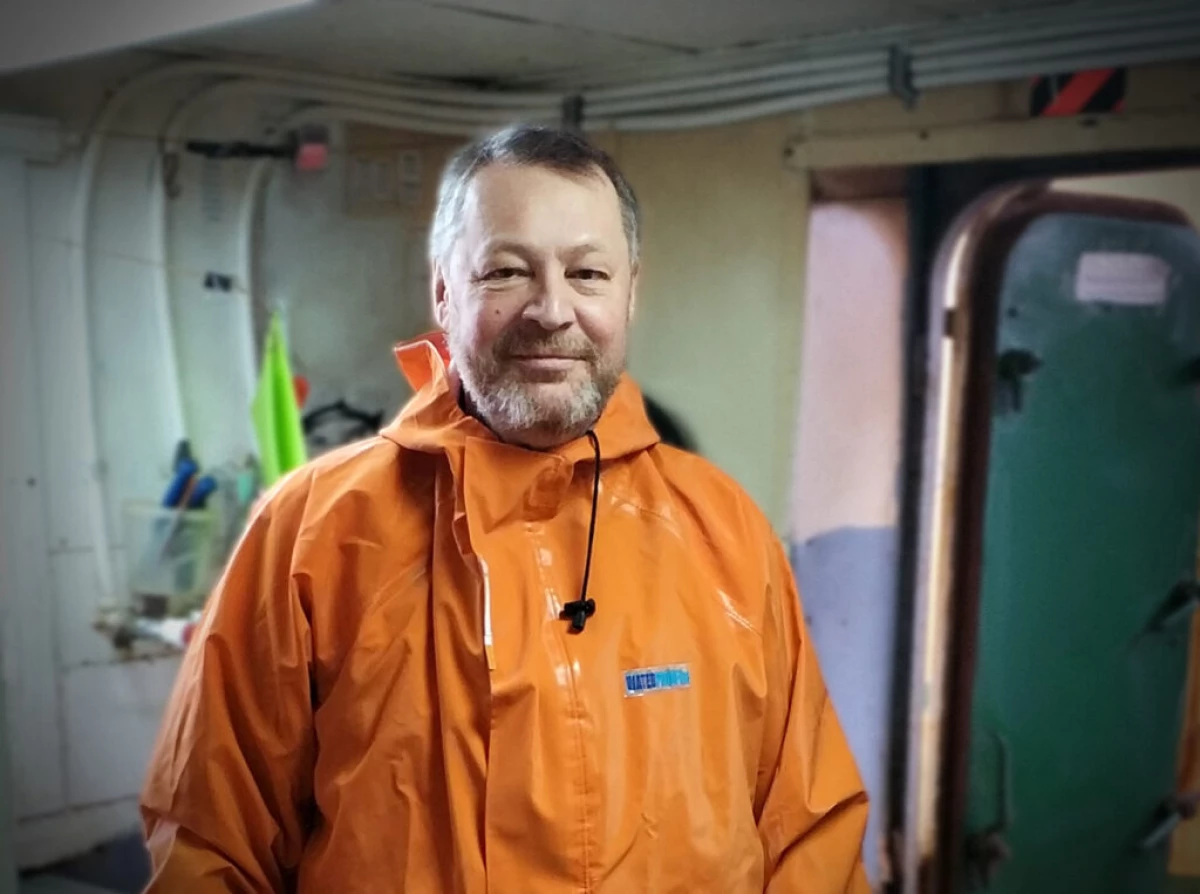
Research results are published in the high-tech journal (Q1) Environmental Reviews. "To estimate the trawl macrophaun two Far Eastern and one Arctic sea, as well as the northern part of the Pacific, data on the composition of the trawl catches of the Pacific Branch of VNIRO (TINRO), says one of the authors of the article, an employee of the Institute of Oceanology of the Russian Academy of Sciences, Vniro and B.GU, Alexey Orlov .
- Total analyzed 459 scientific surveys of research courts (at depths of five to 2,200 meters) in the period from 1977 to 2014. The area of the study was over 25 million square kilometers. The check list entered 1541 species, for each of which indicates product output and commercial cost.
The audit of the macrofauna showed that almost 20 percent of the types in trawl catches did not have fishing value, about 50 percent were cheap or very cheap. Only 3.3 percent of species are expensive and very expensive, their number in catch increases from north to south.
About 500 species - non-exploitable resources, mainly these are small fish and invertebrates (bivalve and burglar mollusks, sea worms, ascies, jellyfish, and so on). Their general biomass is many times more than biological resources used by biological resources.

"Currently, the industry does not show interest in these types for a number of reasons," says the scientist of the IU RAS, VNIRO and B.GU, Alexey Orlov. - One of the main factors is the simlaring of these species for the domestic market. For example, skates, sharks, sea worms, mantis racks, ascides, jellyfish and other "exotic" representatives of the sea fauna use high demand in Asian markets, especially in China. In Russian shelves, they are unlikely to ever appear, but to extract them with exports to Japan, China, Korea and other countries of East Asia may be quite profitable. "
Another influence factor is that small volumes of catch are repelled by large companies, but such a fishing can be quite profitable for small organizations and contribute to the development of small and medium private businesses in the fish industry.
"No less important cause limiting fishery is the lack of information on the presence of free unaware resources, their technological properties, methods of production, market value and sales markets, continues to Alexey Markovich. - This is just the task of fisheries to identify unused water biological resources (WBD) and convey to fishermen the necessary information in the form of practical recommendations. Just in this, the basic idea of our article was consisted. "
It is worth noting that the published list can be used not only for efficient bioresources management, but also to evaluate environmental damage caused by anthropogenic effects (including pollution in the process of hydrocarbon production, the accident of nuclear reactors, poaching and other).
According to the authors of the article, currently damage caused to the environment is calculated on the basis of departmental acts, in which the value of one or another nature of wildlife is not defined by law, and the value data is available on the most valuable objects in respect of which Violations happen most often (crabs, trepang, sea hedgehogs, sturgeon, salmon and similar species).
Meanwhile, as a result of technogenic disasters (oil spills, emissions of toxicants, industrial pollution), the entire population of the ecosystem suffers often, and evaluate such damage without information on the value of each type of biological resources is not possible.
The published list can provide environmental structures to an additional tool in assessing the damage to the environment as a result of anthropogenic effects, including poaching and the irrational exploitation of aquatic bioresources.
Source: Naked Science
